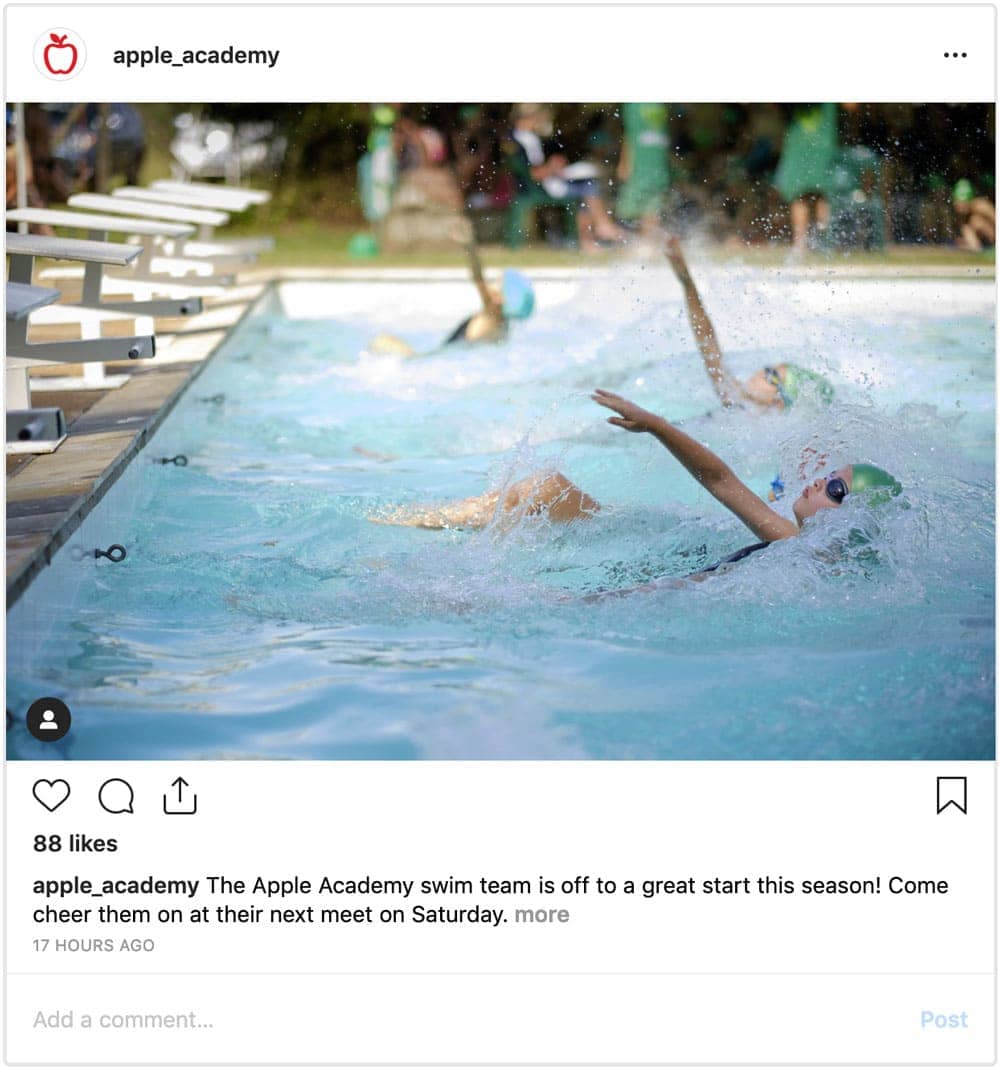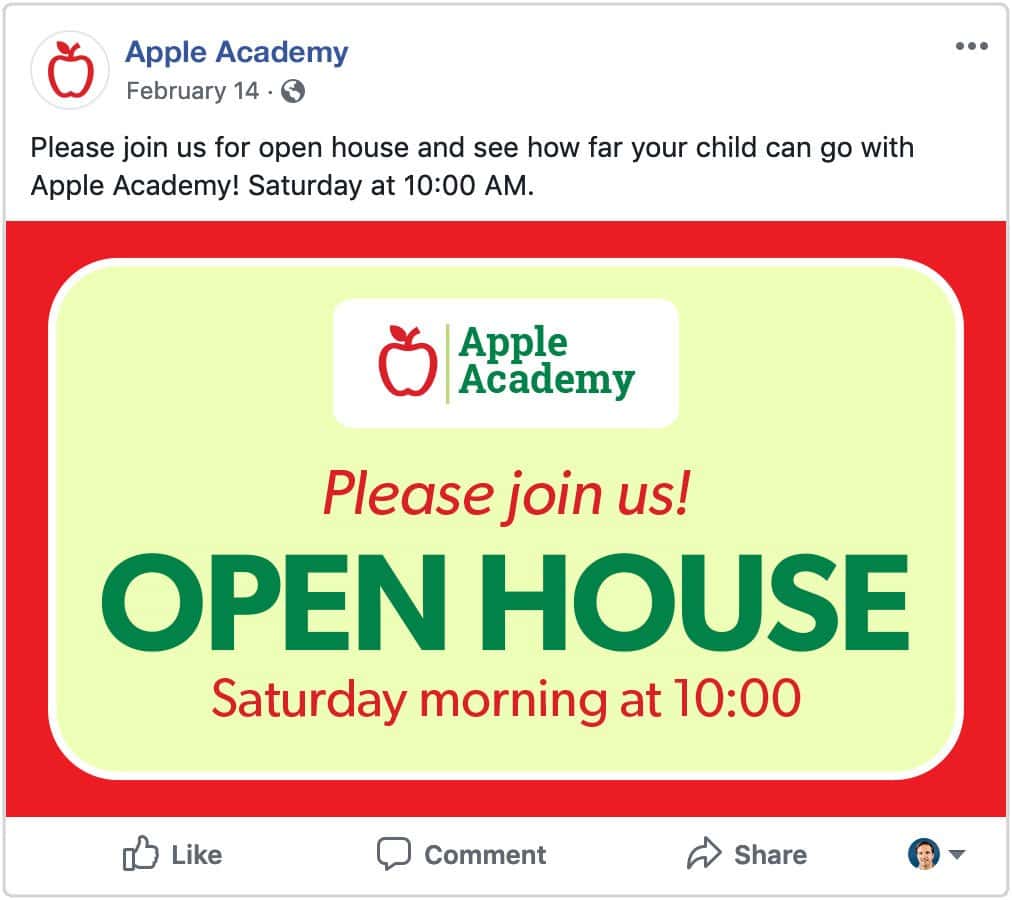MARKETING AND COMMUNICATION: SOCIAL MEDIA FOR PRIVATE SCHOOLS
The explosive growth of social media over the past decade or so has led to a lot of head-scratching among traditional businesses—schools included.
While many schools might see value in creating a Facebook page or a Twitter account, it’s hard to know the best methods for getting the most out of your social media efforts.
We’ve created a list of our top social media best practices for private schools to help clear up some of the confusion. These tips can guide your social media strategy—especially if it’s part of a larger marketing effort—and help you build a better online reputation and presence for your school.
Social Media Best Practices
Commit. If you’re going to establish a presence for your school on a social network like Facebook or Twitter, someone has to post regularly. A Facebook page that has been ignored for months can look even worse than no social media presence at all. Even quick, casual photos of classrooms can be enough to keep your account active.
Address social media posts in your enrollment contract. Many schools already include a media release in their contracts that allows for the use of pictures, likenesses, and art created by students. This release should include a social media provision if you plan to use student images on your social networks. If some families don’t want pictures of their child used online, make sure that your social media account manager is aware of these restrictions.

Encourage online involvement. The quickest way to build your social media presence is to connect with current and former students and staff. Start by asking students, parents, and teachers to “Like” your school’s page on Facebook and setting up an alumni page for your graduates to reconnect.
Some schools even offer educational meetings and online instructions for parents and teachers who want to learn how to use Twitter and other social networks.
Engage your community. Social networks are designed for connecting, which means that active participation will lead to better results for your school. CASE.org recommends checking out what other organizations are doing for ideas and liking, commenting, and sharing education-related news articles, blogs, and even valuable posts from competing schools.
Use images. Social network posts based on photos or videos get more clicks and shares than posts with just text.
Keep your branding/messaging consistent across online platforms. Your private school’s social media efforts should drive traffic to your website and vice versa. Your social posts should include a link to relevant information on your website that engages users through official channels. This also makes sure that those who find your website first can see your community in action on social media.
Respond to controversy. Our Kids Marketing Academy says that if you receive negative comments through social media, acknowledge them and offer to solve the problem online. Ignoring or deleting negative feedback will be more harmful to your reputation on social media than an honest and professional dialogue.
What to Avoid
Ignoring your audience. Social media users expect conversation, not cold shoulders. Building your brand on social media is a lot more difficult if you simply broadcast your message and don’t respond to the people who attempt to engage with you.
Spreading yourself too thin. Unless you can afford a dedicated social media manager, it probably isn’t worth your time to pursue an audience across every social network. Talk to your stakeholders, find out what networks they use, and focus your efforts there.
And don’t assume you need to post every day—according to HubSpot, 2-5 quality posts per month is a good benchmark for engaging social media users without overwhelming them.
Overt sales pitches. The end goal of your private school’s social media activity might be to boost enrollment, but other users are going to be turned off by over-the-top sales and marketing efforts. Look for opportunities to share helpful information, build trust, and develop relationships. Once you’ve established yourself as a reliable source, sales opportunities will come naturally.
Focusing on ROI. Social media campaigns can be frustrating for schools looking to improve their bottom line — putting work into online posts without seeing direct returns can seem like a waste of effort. But remember that social networks are about connection first, which brings its own set of metrics, such as awareness and engagement. Treat your social media accounts as an extension of your school’s brand and mission, and like-minded individuals will find you.
What to Share
The easiest way to keep your social media accounts fresh is to separate your content into three categories: original, curated, and crowdsourced.

1. Original Content
Original content is anything that you or someone at your school produces from scratch. This can include blog posts from your website, photos, and videos from classrooms or school events, or internally-produced infographics. Recruit teachers and students to contribute to your content, so you and your team aren’t overwhelmed by the need to create original material.
2. Collected Content
Curating content is one of social media’s most common and useful features, and it requires a lot less work than making something from scratch. Look for shareable content that your followers will find valuable or interesting, and include a comment or question to encourage discussion.
Make sure you provide attribution for the content and don’t try to pass something someone else created as your own—that’s a good way to create a negative impression online.
3. Audience-Based Content
Sometimes the best way to spark engagement on social media is to create a space for the audience to give you feedback. Crowdsourced content can include open-ended questions on topics that are relevant to your audience, polls of parents and/or students, or suggestions for your school’s future direction.
As your audience grows and you become more familiar with social media, these initiatives can lead to ongoing discussions and provide unique insight into what your stakeholders are thinking.

